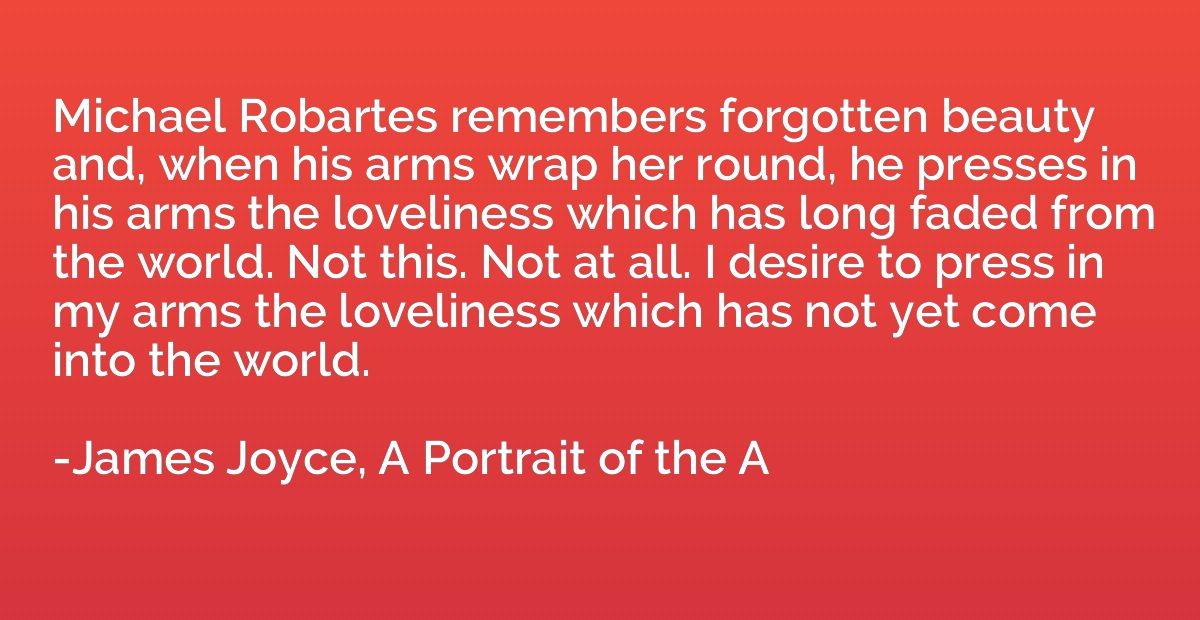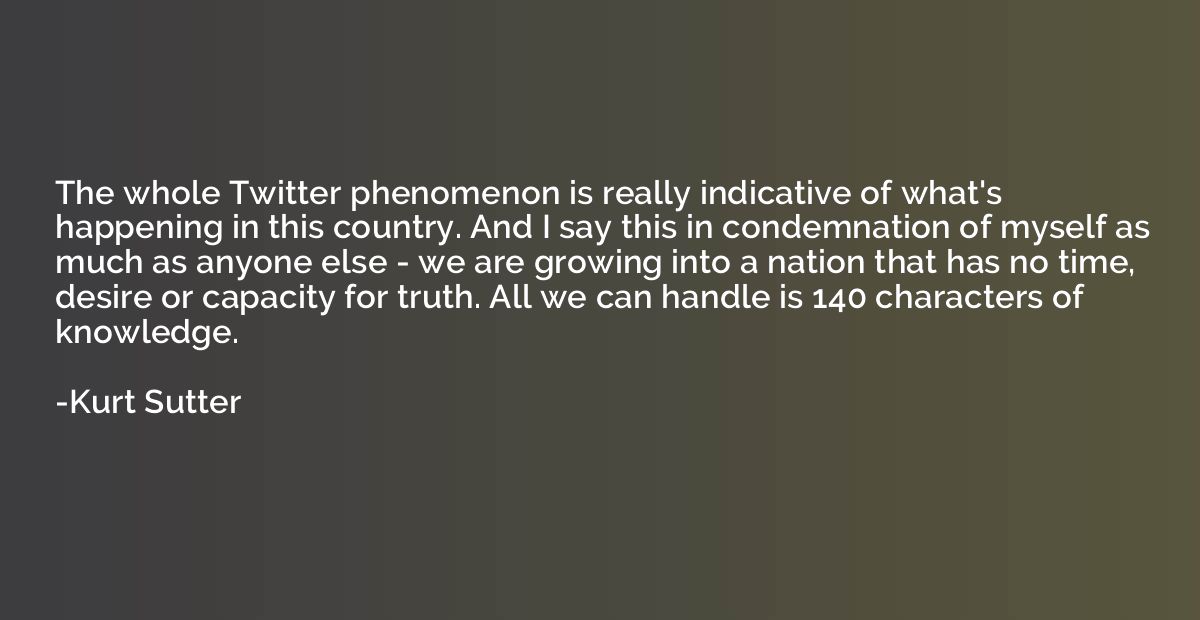Summary
This quote suggests that the day of our death, which is often feared and seen as the end of everything, is actually just the beginning of a new and eternal existence. It implies that death should not be feared, but rather embraced as a transition into a timeless and limitless existence beyond the boundaries of our earthly life. This perspective encourages us to shift our mindset and see death as a new birth, allowing us to approach the end with a sense of acceptance and anticipation.















